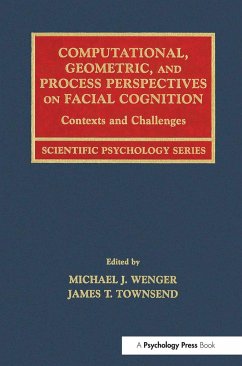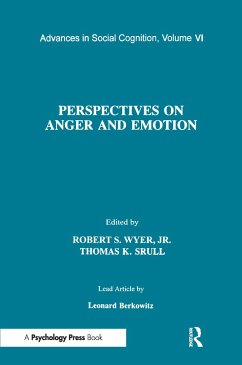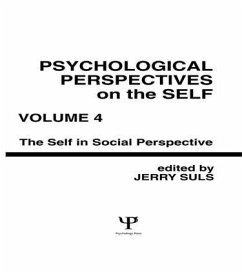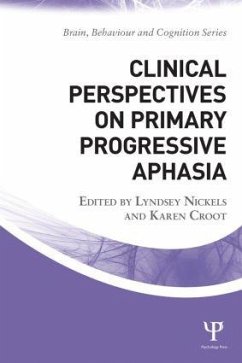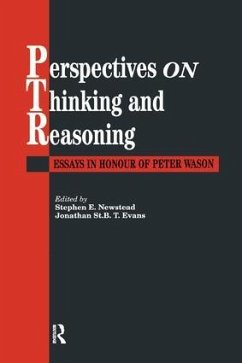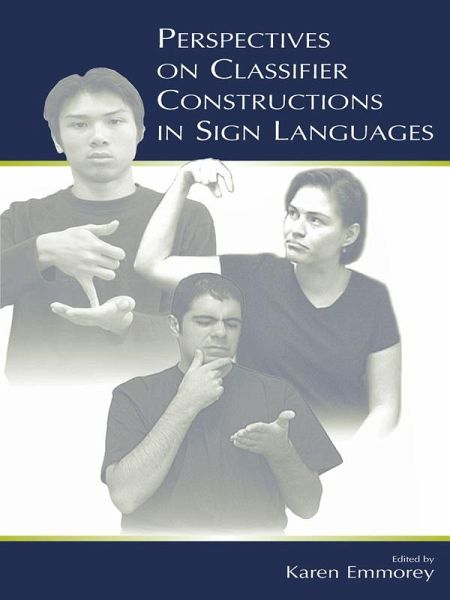
Perspectives on Classifier Constructions in Sign Languages

PAYBACK Punkte
34 °P sammeln!
Classifier constructions are universal to sign languages and exhibit unique properties that arise from the nature of the visual-gestural modality. The major goals are to bring to light critical issues related to the study of classifier constructions and to present state-of-the-art linguistic and psycholinguistic analyses of these constructions. It is hoped that by doing so, more researchers will be inspired to investigate the nature of classifier constructions across signed languages and further explore the unique aspects of these forms. The papers in this volume discuss the following issues: ...
Classifier constructions are universal to sign languages and exhibit unique properties that arise from the nature of the visual-gestural modality. The major goals are to bring to light critical issues related to the study of classifier constructions and to present state-of-the-art linguistic and psycholinguistic analyses of these constructions. It is hoped that by doing so, more researchers will be inspired to investigate the nature of classifier constructions across signed languages and further explore the unique aspects of these forms. The papers in this volume discuss the following issues: *how sign language classifiers differ from spoken languages; *cross-linguistic variation in sign language classifier systems; *the role of gesture; *the nature of morpho-syntactic and phonological constraints on classifier constructions; *the grammaticization process for these forms; and *the acquisition of classifier forms. Divided into four parts, groups of papers focus on a particular set of issues, and commentary papers end each section.







